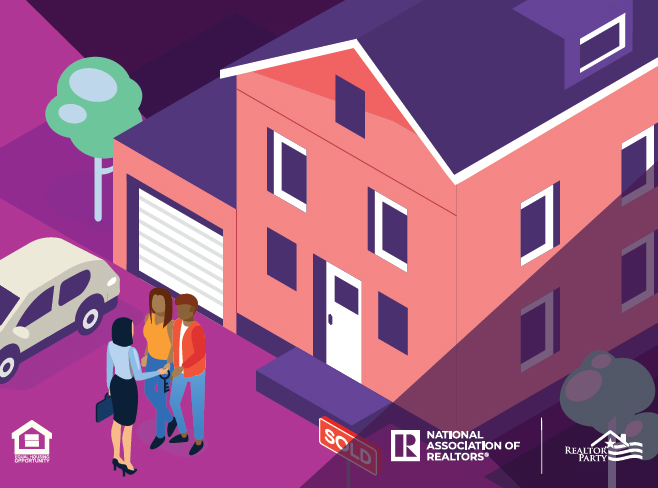
April is Fair Housing Month. Featured articles showcase the work of journalists who have uncovered fair housing stories, along with civil rights scholars who have condensed their books into a shorter form. They'll help you deepen your understanding of fair housing in less time than it takes to read an entire book.
Separated by Design: Why Affordable Housing Is Built in Areas With High Crime, Few Jobs and Struggling Schools(ProPublica, Nov. 25, 2019)
Connecticut’s approach to affordable housing creates pockets of poverty, where low-income people are locked out of opportunities that are just around the corner. Eighty percent of affordable housing units are sited in communities with high crime, low homeownership rates, little access to working-class jobs and lackluster school performance. For decades, local zoning boards have blocked construction of privately developed duplexes and apartments in higher-income areas, keeping housing segregation firmly in place.
When the Dream of Owning a Home Became a Nightmare(The New York Times, Oct. 19, 2019)
The Housing and Urban Development Act of 1968 created policies that let low-income black renters, long excluded from conventional mortgages, become homeowners. But unscrupulous banks, appraisers, and real estate agents abused the program, buying decrepit or condemned housed on the cheap, and quickly flipping them. Bankers signed off on bloated appraisals because Washington absorbed the risk. An unprecedented number of black renters became homeowners, but they were paying more for homes that were older and shoddier than the ones their white peers were buying in the suburbs. The nation’s first program to encourage black homeownership ended in the 1980s with tens of thousands of foreclosures.
Living Apart: How the Government Betrayed a Landmark Civil Rights Law (ProPublica, Jun. 25, 2015)
The authors of the 1968 Fair Housing Act wanted to reverse decades of government-fostered segregation, requiring federal officials to do everything possible to “affirmatively further” fair housing. This odd turn of phrase meant that the law didn’t just ban discrimination; it charged the government to act to bring about “integrated and balanced living patterns,” according to Senator Walter Mondale, a chief sponsor. But, for decades, presidents from both parties declined to enforce a provision of the law that stirred vehement opposition.
Part of ProPublica’s Segregation Now series.
Staggering Loss of Black Wealth Due to Subprime Scandal Continues Unabated (The American Prospect, Oct. 13, 2014)
Prince George’s County, Maryland, is home to several of the wealthiest black neighborhoods in America. The home of lawyers, teachers, and government employees, no other majority-black county in the U.S. is comparable in terms of education and income. But during the housing boom of the 2000s, banks targeted African Americans for subprime loans at a stunning rate, including many borrowers who would have qualified for a prime loan. Black homeowners in Prince George’s County watched home values decline precipitously, and faced foreclosure at a higher rate than whites with similar incomes and lifestyles.
The Case for Reparations (The Atlantic, June 2014)
America’s moral and economic debt to African Americans from slavery through the present runs through housing. Practices like redlining, predatory home purchase contract schemes, real estate blockbusting, the denial of benefits to black G.I.s returning from WWII, and the targeting of black homebuyers with subprime mortgages denied African Americans the opportunity to build wealth through homeownership. Many of these practices illegally and immorally drained away wealth that African Americans had already earned.
Source: "Fair Housing Journalism"











Comments